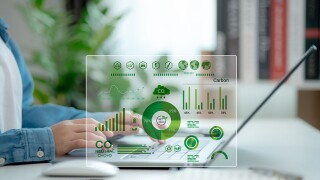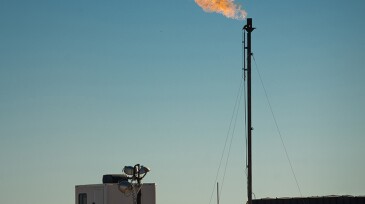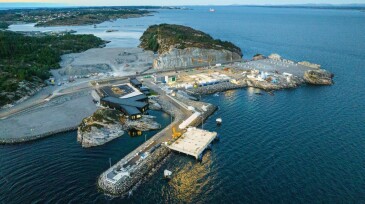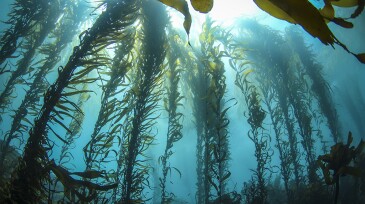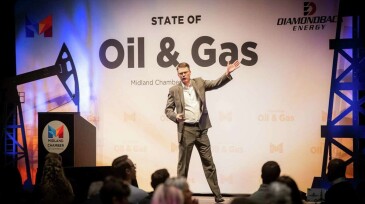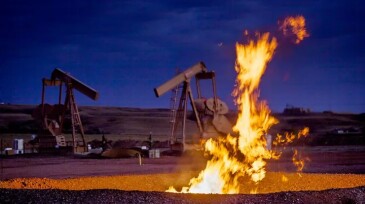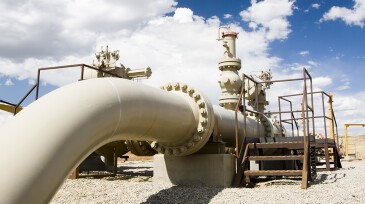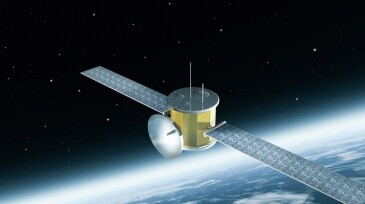Emission management
EERC CEO Charles Gorecki outlines how applied research in North Dakota is helping improve oil recovery, reduce emissions, and advance carbon storage.
Growing energy transition investment highlights oil and gas technologies as key enablers.
A newly formed global coalition, Carbon Measures, aims to develop a ledger-based carbon accounting framework and champion market-based solutions to drive emissions reduction.
-
Operators share emissions-mitigation research insights amid calls to accelerate to meet 2030 goals.
-
The region stands to benefit from TotalEnergies’ experience as a partner in Norway’s Northern Lights CCS development to decarbonize industrial operations in northern Europe. The first injection of carbon dioxide at Northern Lights is expected in 2024.
-
Norway’s USV joint venture will launch its first unmanned offshore surface vessel in 2025 to support subsea inspection, maintenance, and repairs.
-
This paper examines the performance of the macroalga Macrocystis pyrifera in thermal conversion through pyrolysis as a potential biomass for hydrogen production.
-
The Permian Basin was the site of a recent visit by a Reverse Trade Mission on Advanced Technologies for Methane Abatement sponsored by the US Trade and Development Agency. Chevron hosted the delegation at both its Midland and Houston locations.
-
The intensity of methane and greenhouse-gas emissions from the oil and gas sector declined 28% and 30%, respectively, between 2019 and 2021 among the largest producers in the country, according to an analysis published by the nonprofits Clean Air Task Force and Ceres.
-
This article describes the MiQ grading framework for natural gas in detail and explains practical pathways for industry participants to achieve any desired MiQ grade.
-
The collaboration expects to redefine methane detection and contribute to emission-reduction efforts across dozens of industries, including energy, agriculture, manufacturing, and transportation.
-
The authors of this paper describe a continuous monitoring system based on the Internet of Things (IoT) to use methane-concentration sensors permanently installed at facilities and connected to a cloud-based interpretation platform.
-
With the methane emissions tax contained in the Inflation Reduction Act looming, confusion reigns over just how to calculate emissions and concerns grow the tax will hit smaller and mid-size companies hardest.



